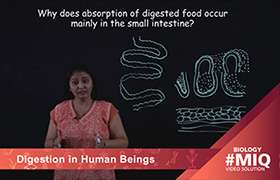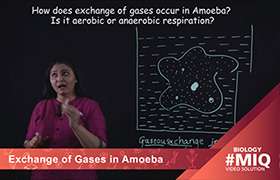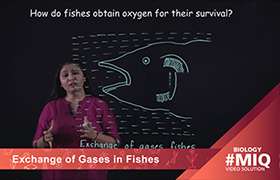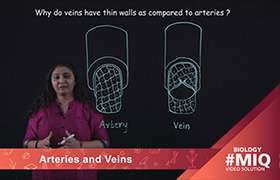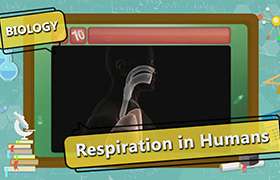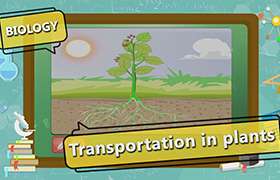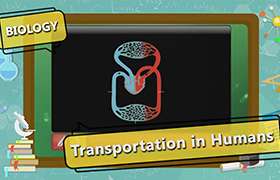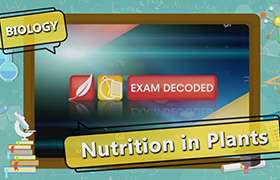CBSE Class 10 Answered
what are the uses of various elements in our body....plz give detail use of every element in our body (like calcium,iron,etc)
Asked by | 22 Apr, 2012, 12:00: AM
Macro Elements
- Calcium (Ca)
It helps in building and maintaining strong bones and teeth, but it is also important for many other things. It helps control things like muscle growth and the electrical impulses in your brain. This vital element is also necessary to maintain proper blood pressure and make blood clot when you get cut. Calcium also enables other molecules to digest food and make energy for the body. - Phosphorous (Ph)
Structure of bone and teeth. Required for ATP, the energy carrier in animals. - Magnesium (Mg)
We need it for the proper growth, formation and function of our bones and muscles. In fact, magnesium and calcium even control how our muscles contract. Magnesium prevents some heart disorders and high blood pressure. - Sodium (Na)
Major electrolyte of blood and extracellular fluid. Required for maintenance of pH and osmotic balance. - Potassium (K)
Major electrolyte of blood and intracellular fluid. Required for maintenance of pH and osmotic balance. - Chlorine (Cl)
Major electrolyte of blood and extracellular and intracellular fluid. Required for maintenance of pH and osmotic balance. - Sulfur (S)
Element of the essential amino acids methionine and cysteine. Contained in the vitamins thiamin and biotin. As part of glutathione it is required for detoxification. Poor growth due to reduced protein synthesis and lower glutathione levels potentially increasing oxidative or xenobiotic damage are consequences of low sulfur and methionine and/or cysteine intake.
Micro Elements
- Iron (Fe)
Contained in hemoglobin and myoglobin which are required for oxygen transport in the body. Part of the cytochrome p450 family of enzymes. Anemia is the primary consequence of iron deficiency. - Copper (Cu)
Contained in enzymes of the ferroxidase system which regulates iron transport and facilitates release from storage. A structural element in the enzymes tyrosinase, cytochrome c oxidase, ascorbic acid oxidase, amine oxidases, and the antioxidant enzyme copper zinc superoxide dismutase. - Manganese (Mn)
Major component of the mitochondrial antioxidant enzyme manganese superoxide dismutase. A manganese deficiency can lead to improper bone formation and reproductive disorders. - Iodine (I)
Required for production of thyroxine which plays an important role in metabolic rate. Deficient or excessive iodine intake can cause goiter (an enlarged thyroid gland). - Zinc (Zn)
Important for reproductive function due to its use in FSH (follicle stimulating hormone) and LH (leutinizing hormone). Required for DNA binding of zinc finger proteins which regulate a variety of activities. A component of the enzymes alcohol dehydrogenase, lactic dehydrogenase carbonic anhydrase, ribonuclease, DNA Polymerase and the antioxidant copper zinc superoxide dismutase. - Selenium (Se)
Contained in the antioxidant enzyme glutathione peroxidase and heme oxidase. - Fluorine (Fl) - Fluorine is an element that the body uses to strengthen bones and teeth.
- Cobolt (Co)
Contained in vitamin B12. Without cobalt, Vitamin B-12 could not exist. The body uses this vitamin for numerous of purposes - Molybdenum (Mo)
Contained in the enzyme xanthine oxidase. Required for the excretion of nitrogen in uric acid in birds. - Chromium (Cr)
Chromium is a vital component of a molecule that works with insulin to stabilize blood sugar levels. In other words, it helps our bodies absorb energy from the food we eat and stabilizes the level of energy that we feel throughout the day. Our bodies need sufficient quantities of chromium to make many of the large biological molecules that help us live. This vital element can also help increase muscle mass while reducing fat mass in our bodies. It helps cells, such as heart muscle cells absorb the energy they need to work properly.
Answered by | 23 Apr, 2012, 08:33: AM
Application Videos
Concept Videos
CBSE 10 - Biology
Asked by kunchalasrinivasaraosrinivasar | 23 Apr, 2024, 07:40: PM
CBSE 10 - Biology
Asked by bgmigaurav7318 | 08 Apr, 2024, 01:46: PM
CBSE 10 - Biology
Asked by jayeshsah1995 | 04 Mar, 2024, 12:01: PM
CBSE 10 - Biology
Asked by nsubhashree54 | 24 Feb, 2024, 11:08: AM
CBSE 10 - Biology
Asked by sarmabankupalli9 | 02 Jan, 2024, 08:19: PM
CBSE 10 - Biology
Asked by pavanimullu123 | 26 Dec, 2023, 07:17: PM
CBSE 10 - Biology
Asked by jitendranathsingh331 | 26 Nov, 2023, 06:17: PM
CBSE 10 - Biology
Asked by waccstudies123 | 08 Oct, 2023, 02:10: AM
CBSE 10 - Biology
Asked by 09.10bjanvhijadhav | 16 Sep, 2023, 11:58: PM
CBSE 10 - Biology
Asked by devy64469 | 03 Sep, 2023, 09:25: PM

